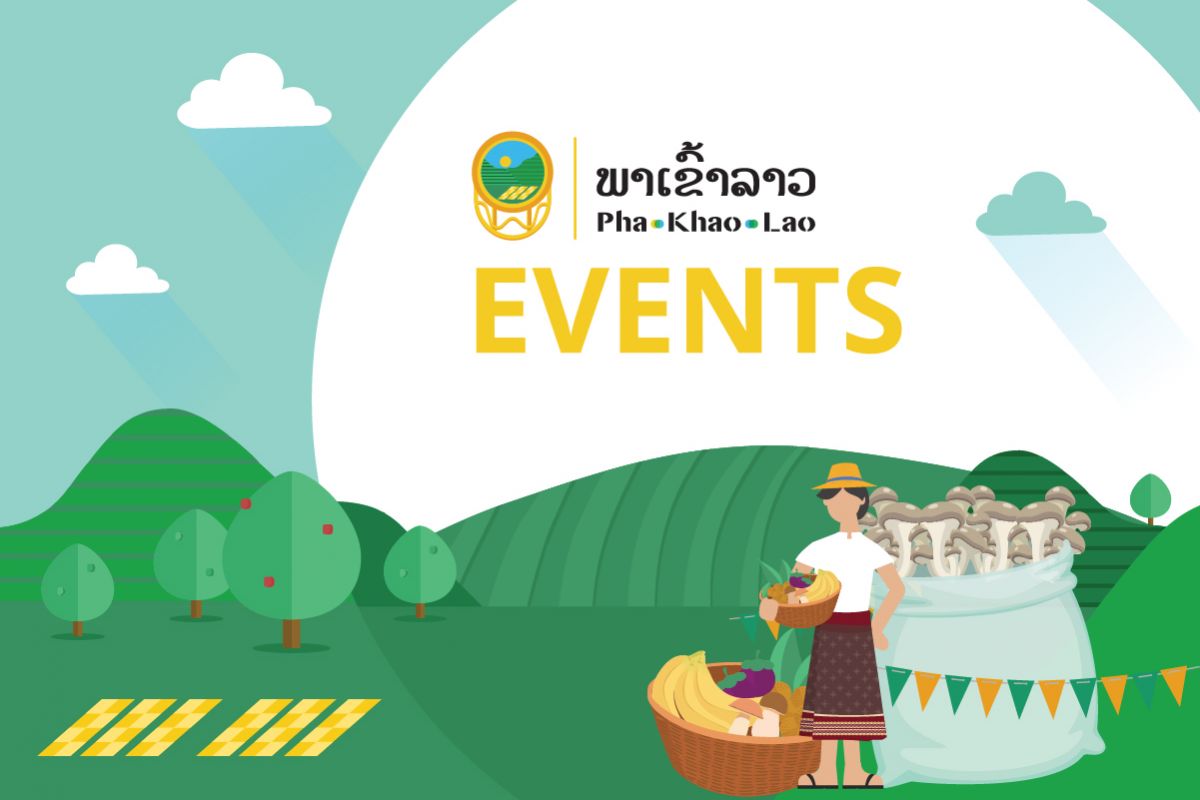National Workshop on Lao Forest Honey

National Workshop on
Lao Forest Honey: a unique local product supporting forest conservation and local development
Communities all throughout Laos collect and manage forest honey whether from natural hives or boxes placed in the forest by villagers[1]. The honey provides supplementary income to farmers and is used in local medicine and food. Throughout Asia, forest honey is seen as a healthier and medically beneficial option compared to commercially produced honey using raised bees. Honey is also an important indicator species for agro-biodiversity health. Where there are wild honey bees, there is often healthy and diverse agriculture and forest biodiversity.
The government of Lao PDR considers honey as a Non-Timber Forest Product (NTFP) which can clearly demonstrate the linkages between forest and environmental conservation efforts and local livelihood development of farmers. Forest honey is also being promoted in a number of countries including Vietnam, Philippines, Indonesia and India. As such, it is an emerging topic of interest in ASEAN’s community forest enterprises or CFEs through the ASEAN working group on social forestry.
In 2017, a national honey marketing study was carried out[2] to better understand the prospects and challenges in developing Lao forest honey into a regionally recognized product. It was found that there was great potential for natural forest honey. Overall, Lao Forest honey fetches a higher price than commercially produced honey from regional neighbours and there is a growing interest both from domestic companies and regional purchasers for Lao Forest honey. Likewise, there is still much untapped potential. It is estimated that at least one thousand two hundred (1,200) tons of forest honey can be produced in protected forests of Lao PDR, valued at 5.19 Million USD at local level. Currently it is estimated that only 20-30 tons are being produced per year.
Some key issues that have been raised include:
- Linkages between Forest honey and green and forest conservation: Sustainable harvesting honey without destroying the colony and ensuring increased swarming is very essential to ensure the survival of the Bees. How can we assess and promote the value of apiculture in terms of the provision of ecosystem services that support the production of other crops? To what extent is the rise in pesticide use a threat to bee populations and honey production in Laos?
- Production of honey is still done in a traditional way. How can forest honey be produced in productive ways without adversely impacting the environment?
- There are no official standards for forest honey in Laos. – How can a simple, cost effective participatory guarantee system be developed to ensure the quality of Lao honey.
- An aging population of bee-keepers: those who are collecting forest honey, are mainly the older generation of farmers. There is a need to promote Lao Forest Honey as a legitimate agri-enterprise and to promote it in schools and college curricula.
- Honey is marketed and sold in an informal basis to local traders. There is potential for linking farmers to national and regional markets. There is also potential for improving the branding of Lao Honey.
- There are few examples of products developed from honey and hive by-products. This could very well improve returns of farmers from bee products and deserves attention. As with many emerging ecological products, there is a need to find ways to improve production and quality standards whilst at the same time ensuring that sustainable forest ecosystems are maintained.
